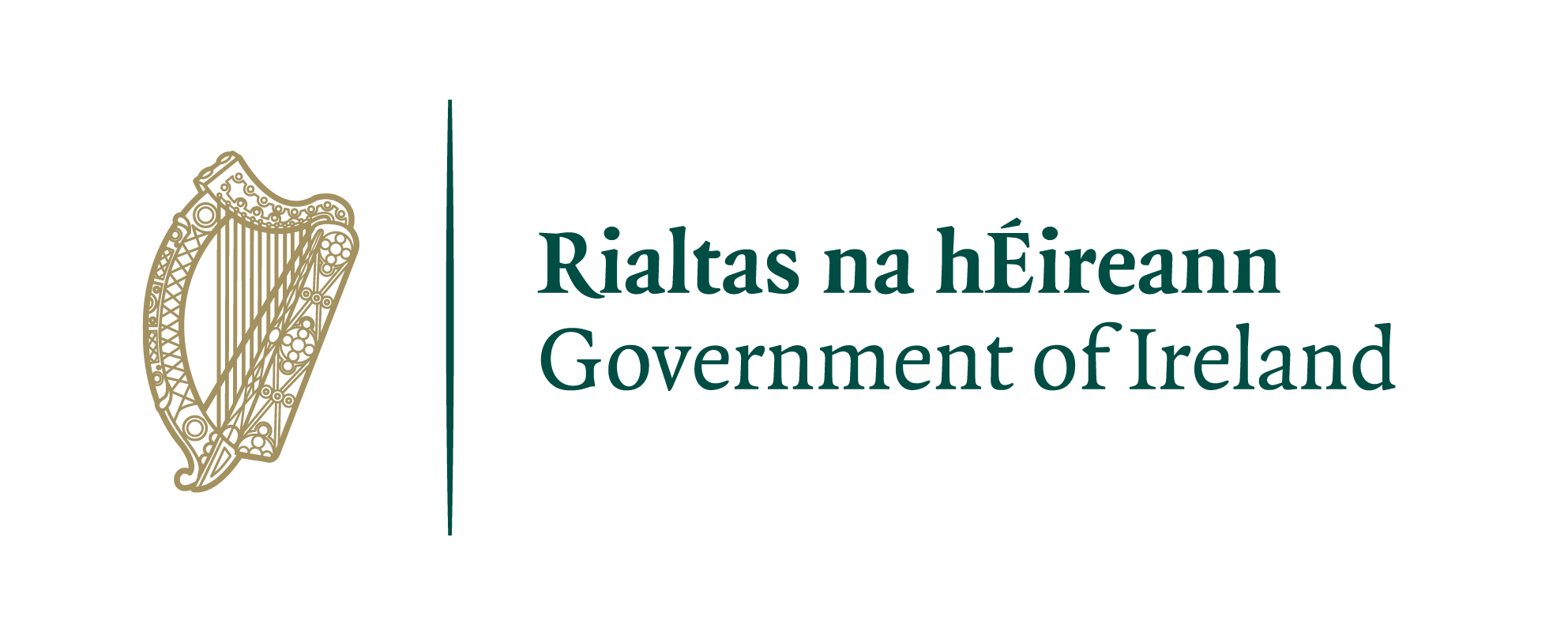Protected
Irish Health Survey 2024 Child
From: Central Statistics Office
Times Requested: 1





Description
Conditions for Re-Use
Coverage
A simple random sampling (SRS) method without stratification was used to select approximately 6,000 children aged between 2 to 17 years, at the time of sampling, from the Census 2022 frame. With an SRS approach, every individual within the target population, who were aged between 2 to 17 years, at the time of sampling, had an equal chance of selection regardless of demographics characteristics such as sex, age or general health status. The Irish Health Survey weighting procedure had two steps: non-response adjustment and calibration. Design weights were calculated for all people in the initial sample. The design weights are computed as the inverse of the selection probability of the unit and were the same for all sampled due to the simple random sampling approach. The purpose of design weights is to eliminate the bias induced by unequal selection probabilities. Calibration of the non-response adjusted design weights then took place, calibrating to the Q4 2024 population estimates at the level of sex, five-year age group and NUTS 3 region using the Icarus-macro, developed by INSEE, for this purpose. To provide national population results, the survey results were weighted to represent the entire population.
Protected Data Metadata
| Fields | Value |
|---|---|
| Access Rights | restricted |
| Eircode | |
| Licenses |
Data and Resources
This dataset has no data
Additional Info
| Field | Value |
|---|---|
| Sector |
|
| Dataset Coverage | A simple random sampling (SRS) method without stratification was used to select approximately 6,000 children aged between 2 to 17 years, at the time of sampling, from the Census 2022 frame. With an SRS approach, every individual within the target population, who were aged between 2 to 17 years, at the time of sampling, had an equal chance of selection regardless of demographics characteristics such as sex, age or general health status. The Irish Health Survey weighting procedure had two steps: non-response adjustment and calibration. Design weights were calculated for all people in the initial sample. The design weights are computed as the inverse of the selection probability of the unit and were the same for all sampled due to the simple random sampling approach. The purpose of design weights is to eliminate the bias induced by unequal selection probabilities. Calibration of the non-response adjusted design weights then took place, calibrating to the Q4 2024 population estimates at the level of sex, five-year age group and NUTS 3 region using the Icarus-macro, developed by INSEE, for this purpose. To provide national population results, the survey results were weighted to represent the entire population. |
| Primary Identifier | Anonymised sample with no primary identifier |
| Personal Data | No |
| Sensitive Personal Data | No |
| Business Data | No |
| Spatial Data | No |
| Data Sharing | No |
| API Available | No |
| Open Data | No |
| Open Data Portal Link | |
| Update frequency | Annually |
| Contact Point | |
| Contact Phone | |
| Contact Email | |
| Is a Protected dataset | Yes |
| The Protected Dataset contact email | |
| The conditions for re-use of the dataset | As per EU Data Governance Act, re-use must comply with: • EU and national laws protecting the data. • Technical and organisational measures to preserve confidentiality and integrity. • Anonymisation • Licensed by CC-BY 4.0 |
| The rights to access this data | restricted |
| Eircode | |
| Licenses |

